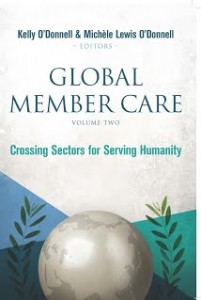 We mentioned the new book on member care above (Item #1 above, “O’Donnells Release Volume Two of Global Member Care”). Where does the new release take us when it comes to the practice of member care in missions? In reference to their newly-revised model, the O’Donnells have helped us understand the concept of “crossing sectors” by summarizing their newest thinking like this:
We mentioned the new book on member care above (Item #1 above, “O’Donnells Release Volume Two of Global Member Care”). Where does the new release take us when it comes to the practice of member care in missions? In reference to their newly-revised model, the O’Donnells have helped us understand the concept of “crossing sectors” by summarizing their newest thinking like this:
“The humanitarian sector is relevant for member care because of the common commitment for supporting and managing international and local staff, in maintaining effective organizations, and in offering a variety of relief and development services to vulnerable populations. The health sector is relevant for member care because of the common commitment to promote human wellness through research, resources, advocacy, and policies at all levels of society, and applicable to staff and those with whom staff work (including social and behavioral sciences). The human resource sector is relevant for member care because of the common commitment to fulfill organizational objectives by developing and managing human resource systems and by promoting staff/volunteer well-being and effectiveness (with some emphasis on organizational development).”
They go on to explain how these various sectors relate to the member care model they had outlined previously. “Note that the new model is situated within the two overlapping areas of the missio Dei (from a theological perspective, the overall mission of God on behalf of humanity, e.g., redemption) and the missio mundi (from a secular perspective, the overall mission of humans on behalf of humanity, e.g., sustainable development). This grid, with its emphasis on going broadly and growing deeply, forms a conceptual framework and an important direction for the global member care field to pursue in mission/aid and beyond.”
If you haven’t looked at the O’Donnells’ previous model, it does indeed make a lot of sense. They take about a “Sphere 1” as being “Master Care” and they define a “Good Practice Principle” in this model as paying special attention to “The Flow of Christ.” They write, “Our relationship with Christ is fundamental to our well-being and work effectiveness. Member care resources strengthen our relationship to the Lord and help us to encourage others in the Lord.” They define Sphere 2 as being “Self and Mutual Care,” with the “Good Practice Principle” in this case being “The Flow of Community.” Here, they point out that “Self care is basic to good health. Self-awareness, monitoring one’s needs, a commitment to personal development, and seeking help when needed are signs of maturity. Likewise quality relationships with family and friends are necessary…with those in one’s home and host cultures.”
In Sphere 3, which they call “Sender Care,” they outline a “Good Practice Principle 3” as being “The Flow of Commitment.” Here, they describe, “An organisation’s staff is its most important resource. As such, sending groups-both churches and agencies-are committed to work together to support and develop their personnel throughout the worker life cycle. They demonstrate this commitment by the way they invest themselves.”
In “Sphere 4,” which they describe as “Specialist Care,” they outline a “Good Practice Principle 4,” as “The Flow of Caregivers.” Here, they describe that “Specialist care is to be done by properly qualified people, usually in conjunction with sending groups. The goal is not just care, but empowerment-to help personnel develop the resiliency and capacities needed to sacrifice and minister to others.”
In Sphere 5, which they call “Network Care,” they add “Good Practice Principle 5” as being “The Flow of Connections.” They write, “Member care providers are committed to relate and work together, stay updated on events and developments, and share consolidated learning from their member care practice. They are involved in not just providing their services, but in actively “knitting a net” to link resources with areas of need.”
So when they get to the new area, Sphere 6, They describe a “Good Practice Principle 6” as being “The Flow of Common Ground.” Here they write that, “People with member care responsibility in mission/aid stay in touch with sectors that are relevant for their work. They are willing to cross into new areas-emphases, projects, disciplines, and fields within related sectors-for mutual learning, exchanging resources, and developing skills. Crossing sectors includes a continuum of involvement which is carefully considered in view of one’s primary focus in member care: being informed by, integrating with, and/or immersing in a given sector or part of a sector.” By helping us understand the concept of crossing into other sectors, the O’Donnells are not only joining together similarly-minded communities, they’re also joining together all the resources that go with that union. By doing so, they are opening up to us a world of new and informative works that will, in our opinion, move us rapidly, significantly, and effectively farther along in the science and art of member care. Thank you Kelly O’Donnell and Michèle Lewis O’Donnell!!!
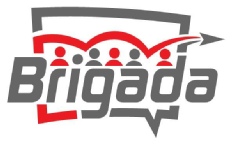




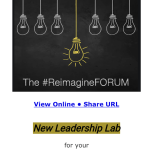

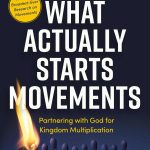
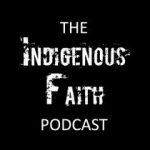



Recent Comments